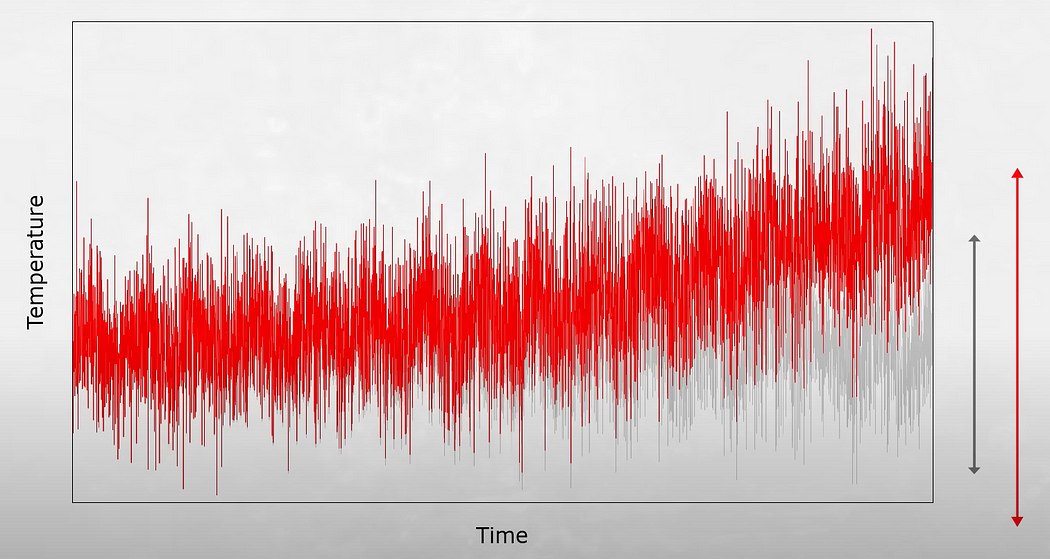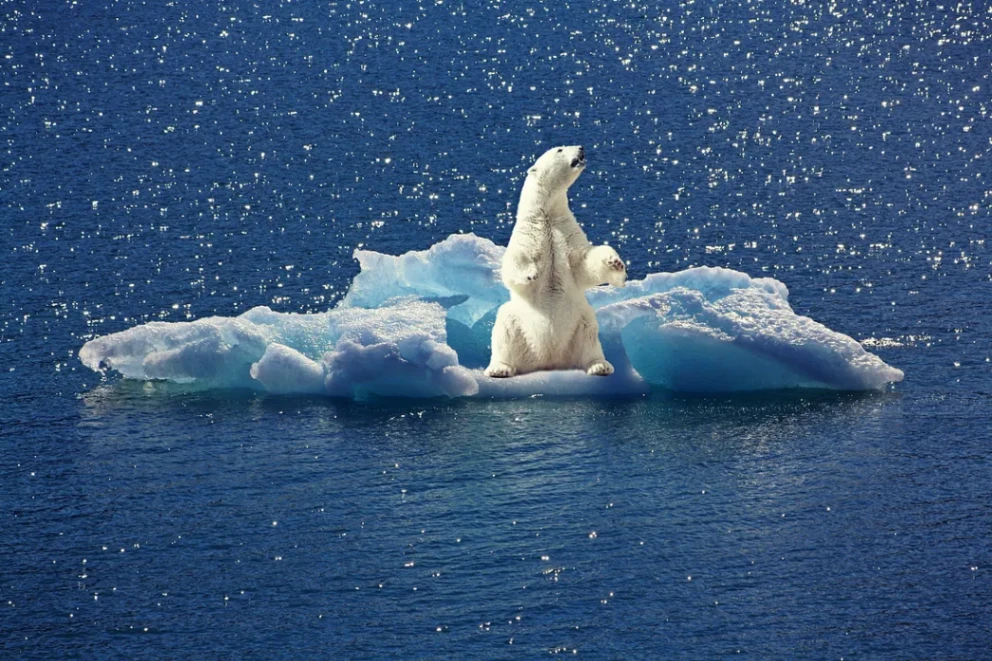In Part 1, we have discussed how the recent heat waves are putting us at risk — both economically and psychologically. And as said earlier, this won’t be the end. It’s just the beginning.
Europe and India are not the only places to get affected by heat waves. Two weeks ago, the Yangtze River, the third longest river in the world, whose drainage basin comprises one-fifth of the land in China and is home to one-third population in China, dried up. Yes, dried up! And the implications of this are huge.
The river supports a few hydroelectric projects and this drying up means that the electricity supply gets affected. There were a few reports that even the people working in the top commercial buildings had to carry ice packs because there was a restriction on air-conditioning usage due to this shortage in power supply.
That doesn’t end in China. Rivers drying up has affected Germany too. The Rhine which supports trade logistics dried up in mid-August 2022, affecting the sourcing of chemical companies and the transport of crude oil barrels to its dependent countries.
The same Rhine Valley had flash floods in 2021. Yes, in just 1 year, the weather has flipped the coin. And that’s not just Germany.

Source: Simon Clark on Youtube
If you remember this graph from Part-1, this tells about changing temperatures over a few decades. Along with the increasing temperatures, if you observe closely the grey part, the variance has also increased, meaning there are drastic falls in temperatures sometimes. And that’s a stark variance affecting the globe we know today.
These floods are not just caused by heavy rains.
Pakistan with its glaciers melting had many of its towns and cities submerged. In fact, there are a few reports, emerging that one-third of Pakistan has submerged. The Pakistan government has reported a loss of USD 10bn. As per WION, these floods have affected at least 33 million people in the north of Pakistan. In the province of Sind, 40% of the cotton crop is wiped out. It received rainfall 780% more than average!
This didn’t end with the neighbouring countries, though. Even, the IT capital of India, Bangalore, which had Day Zero(supply of after being zero) fears a few years ago, had many parts of the city submerged under water. As per ORRCA, the ORR (outer ring road), a roadway which also connects a few multinational IT companies, has reported a loss of INR 2250 million in a single day!
How come places experiencing heat waves all of a sudden experience such a downpour of rain?
Warmer temperatures mean warmer air and warmer air can retain more moisture and this moisture leads to heavy rains.

Do we have to blame only the climate for being so merciless?
Why is the climate flipping the coin year after year?
Earlier, it was easier to predict the weather as the climate was stable. Now, it is anybody’s guess. Also, what happens after these disasters matters too. How can they have a similar supply of food, water and electricity?
The other important question to ask is ‘Will the exisitng infrastructure support such drastic weather events?’
You know the answer already, don’t you?

